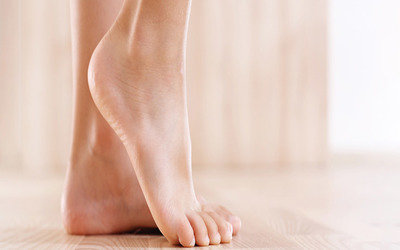One of the complications of Diabetes is neuropathy-it affects the nerves. Due to this, you may experience tingling in your foot/feet and may not be able to feel any wounds, blisters or even if there is a small pebble in your shoe.
[the_ad id=”6084″]
Long-standing wounds and cuts heal very slowly because of low blood supply and a lack of sensation in the foot. If the wound does not heal, an amputation is warranted. But fret not! If you or your loved one suffers from diabetes, here are a few simple tips.
Check for cuts and wounds every day
Before you sit back and relax after your work, make sure you spend some time examining and rubbing your foot lightly. This will help you feel and look for wounds.
Wash your feet every night
Washing your feet every night has two main benefits: it helps you relax, and it helps you clean your wounds, if any, and keep clean. Use warm water and gentle soap and rinse your feet thoroughly. Do not soak your feet in the water, as this can dry up your skin. Once done, use baby powder to remove the moisture completely, especially from in between your toes.
Wear shoes and socks when out
Every time you go out, make sure to cover your feet aptly. This can avoid injury and help prevent aggravation of an existing wound. It also keeps the dirt out!
Smooth over calluses and corns
Instead of using plasters or cutting these corns, rub them gently with a pumice stone without tearing the skin, after which apply a thin coating of lotion or petroleum jelly to keep the skin moisturized.
Trim your toenails regularly
Trimming your toenails regularly, especially when you have diabetes, can keep infections at bay. Remember to trim toenails straight across and not at the corners of your nails.
Protect your feet from heat and cold, keep the blood flowing to your feet, and make sure to get your feet checked at every visit to the doctor!
Source:

